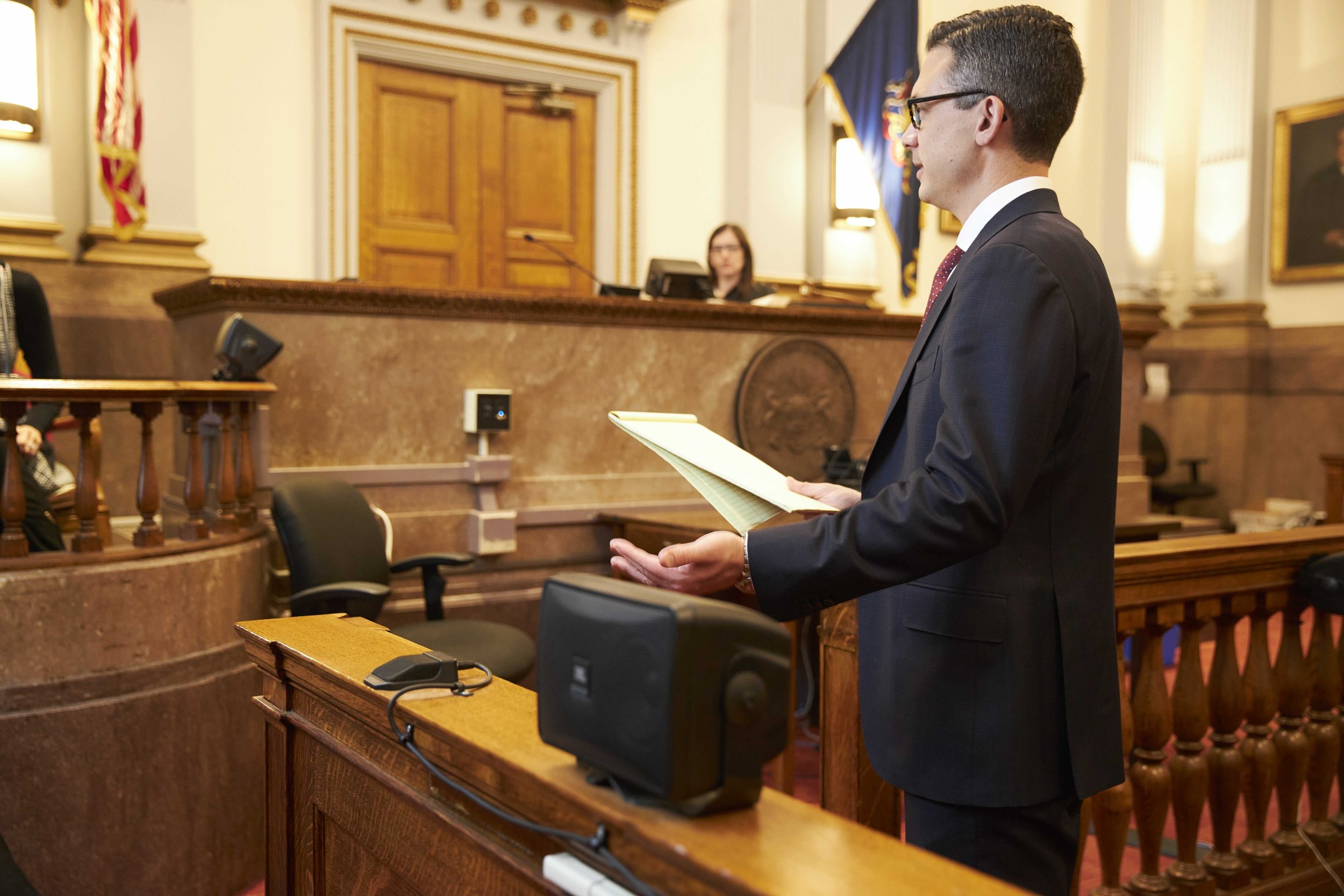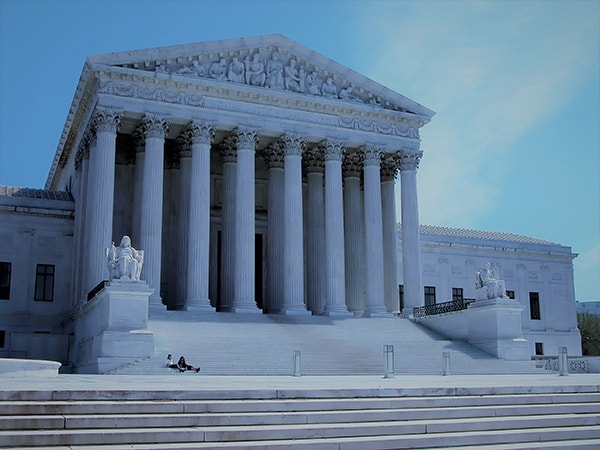Debunking the Process of Federal Appeals: What You Need to Know
Navigating the detailed realm of federal allures can usually appear like going across undiscovered waters for those unknown with the process. Comprehending the subtleties of appellate court jurisdiction, the details of filing a notification of allure, providing an engaging brief, and making a persuasive oral debate are crucial elements that can considerably influence the end result of a situation. By deciphering the layers of intricacy bordering government charms, people can get a more clear insight into the mechanisms that control this essential phase of the legal system.
Recognizing Federal Appeals Refine
Exploring the intricate world of the government appeals procedure unveils a methodical and structured journey through the judicial system. Federal charms function as a vital system for examining choices made by reduced courts. Understanding this procedure is important for any individual entailed in lawful proceedings at the government degree.
The process commonly starts with a celebration dissatisfied with a reduced court's ruling submitting a notification of charm. This causes a testimonial by a higher court, where a panel of courts assesses the lawful disagreements offered by both celebrations. Briefs describing the lawful thinking behind each celebration's position are submitted, and oral debates may be heard to clarify complex concerns.
The appellate court's choice is based on a complete evaluation of the reduced court's process and the disagreements provided. The judges do not review facts but focus on whether lawful errors took place that influenced the reduced court's choice. When the appellate court reaches a decision, it can verify, reverse, remand, or modify the reduced court's ruling, offering clarity and finality to the legal dispute. Recognizing this process is important for navigating the complexities of government allures effectively.
Appellate Court Jurisdiction Explained
Appellate court jurisdiction refers to the extent of situations that a certain appellate court has the power to review and decide upon. Unlike test courts that listen to situations for the initial time, appellate courts are limited to evaluating decisions made by reduced courts.
Appellate courts have territory over particular kinds of situations, typically those entailing lawful mistakes, procedural concerns, or questions of regulation rather than accurate disputes. The territory of appellate courts is generally described in statutes and legislations that regulate the court system. Comprehending appellate court jurisdiction is crucial for events included in the appeals procedure as it figures out whether a case is qualified for testimonial and the extent to which the appellate court can intervene in the lower court's choice.
Filing a Notification of Charm
The first action in beginning the government charms process involves submitting a Notification of Appeal with the proper appellate court. This vital file formally informs the court and the other events associated with the case that the appealing party means to look for a review of the reduced court's choice. Filing a Notification of Appeal is a stringent step-by-step need that sets the appellate procedure moving.
When preparing the Notification of Charm, it is important to guarantee conformity with the specific regulations and standards of the pertinent appellate court. federal crime lawyer. The paper needs to typically include details such as the instance name, the reduced court's name, the date of the judgment being appealed, and a concise statement indicating the grounds for the charm

Instruction and Dental Argument
In the appellate procedure, providing written briefs and participating in oral debates play pivotal functions in promoting for the appealing party's placement before the appellate court. Briefs are detailed lawful papers that outline the celebrations' disagreements, lawful authorities, and analysis sustaining their placements. These created entries give the court with an in-depth understanding of the truths of the case, the relevant regulation, and why the appealing celebration believes the lower court's choice must be rescinded.
Adhering to the submission and evaluation of the briefs, dental arguments supply the events a possibility to more clarify their positions, deal with any kind of concerns the appellate judges may have, and highlight bottom lines from their created briefs. Dental disagreements are a chance for the lawyers to encourage the judges via spoken advocacy and actions to questions from the bench.
Both the created briefs and oral arguments are vital components of the appellate procedure, enabling celebrations to provide their situation extensively and compellingly prior to the appellate court. - federal appeal lawyers
Obtaining the Appellate Court Decision
The appellate court's decision is generally provided in a written style and describes the court's final thoughts on the lawful issues provided, the reasoning behind their choice, and the judgment made. The time structure for getting the appellate court's choice can differ, but courts aim to provide prompt resolutions. Whether the appellate court affirms, turns around, or remands the reduced court's choice, recognizing the effects of the ruling is essential for all events involved in the appellate process.
Conclusion
Recognizing the appellate court territory, submitting a notification of appeal, preparing briefs, and providing oral arguments are all important parts of this procedure. Eventually, receiving the appellate court decision can supply clarity and resolution to lawful disagreements.
As we advance from understanding the government charms procedure to studying the complexities of appellate court territory, an essential aspect comes to light pertaining to the authority and restrictions of these higher courts in the legal landscape. Appellate court territory refers to the scope of situations that a particular appellate court has the power to make a decision and examine upon. Unlike trial courts that listen to situations for the first time, appellate courts are restricted to evaluating decisions made by lower courts. Comprehending appellate court territory is essential for celebrations included in the charms process as it establishes whether an instance is eligible for evaluation and the level to which the appellate court can intervene in the reduced court's decision.
